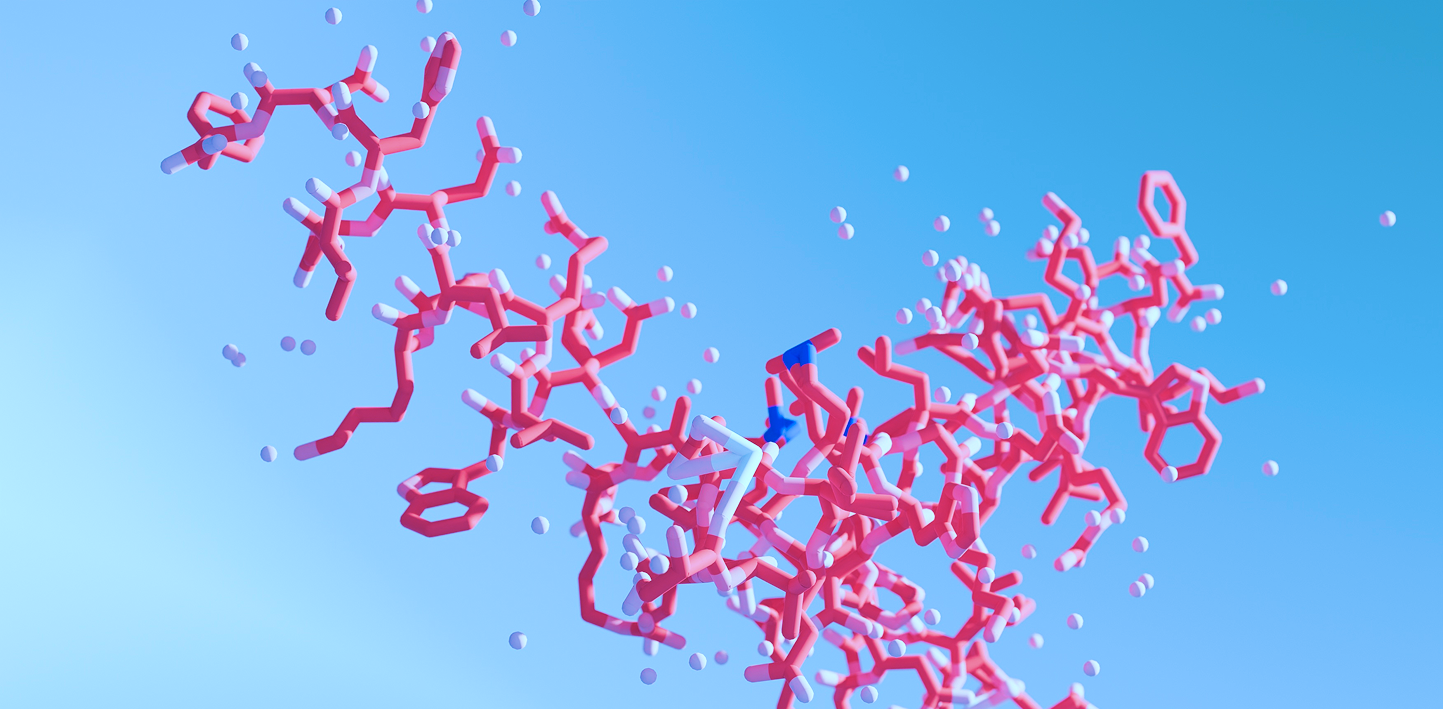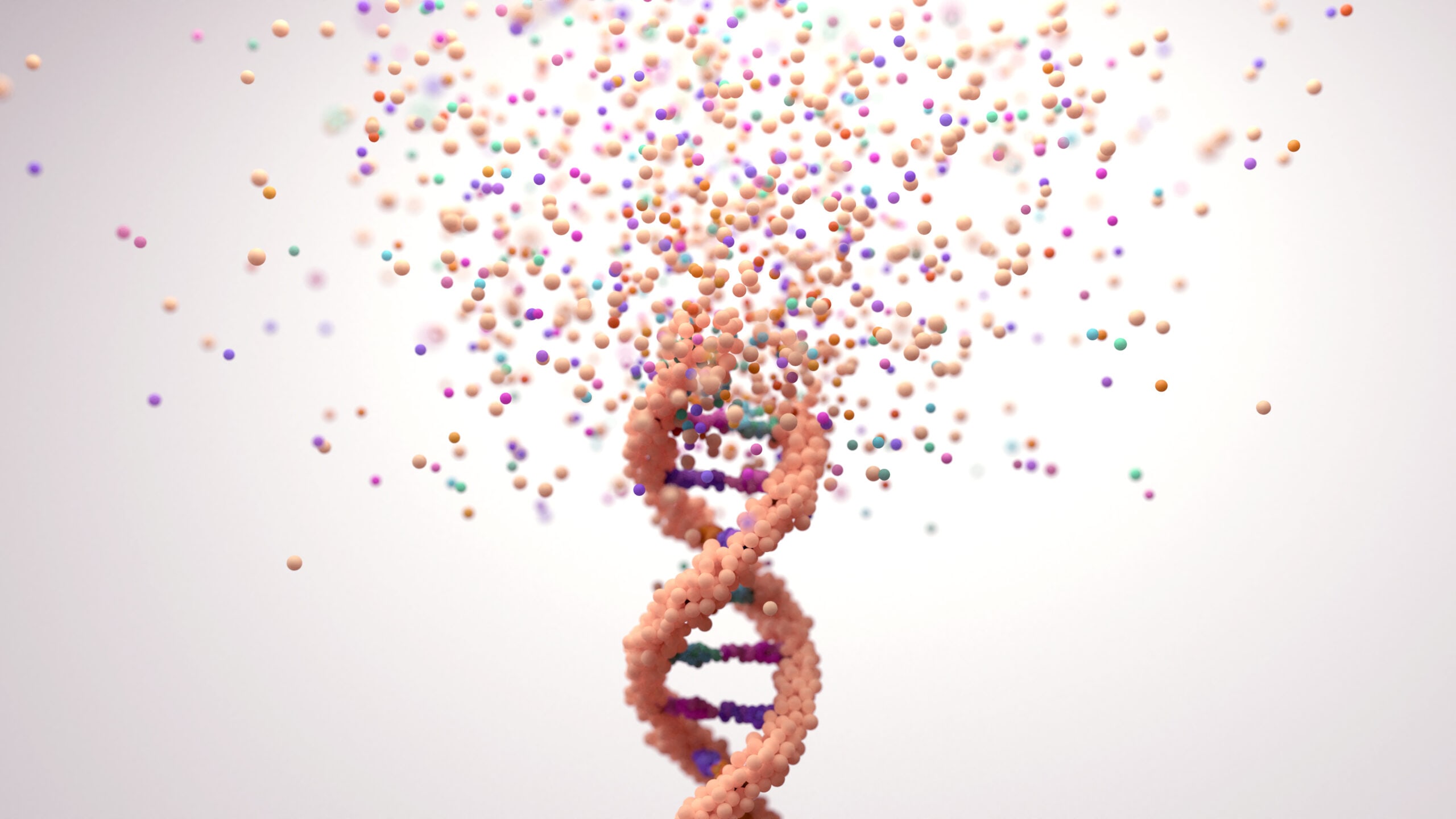15 Minute Read
The Hidden Value of Failure: Why Negative Data is Critical for AI-Driven Drug Discovery

In the race to develop life-saving therapeutics, pharmaceutical companies generate vast amounts of experimental data—but there's a critical blind spot that's limiting the potential of AI-driven drug discovery. While the industry celebrates successful compounds and publishes positive results, the equally valuable negative data—experiments that failed, compounds that didn't work, reactions that went wrong—often gets buried in laboratory notebooks, never to inform future research.
This oversight represents one of the most significant missed opportunities in modern drug discovery. For artificial intelligence and machine learning models to reach their full potential in pharmaceutical research, they need to learn not just what works, but what doesn't work—and why.
The Training Data Challenge in Drug Discovery
Unlike other industries where big data thrives, pharmaceutical R&D operates with relatively limited datasets for training machine learning models. Compared to finance or consumer technology, where millions of data points are readily available, drug discovery datasets are constrained by the time, cost, and complexity of experimental validation.
But the challenge isn't just about volume—it's about balance and quality. Most publicly available datasets and scientific publications focus almost exclusively on positive results. This creates a fundamental problem: machine learning models trained primarily on successful outcomes lack the crucial context of failure patterns that could prevent costly mistakes and guide more informed decision-making.
Think of it like teaching a child about safety. You don't just tell them what's good for them—you also warn them not to touch hot surfaces. Similarly, AI models need both positive and negative examples to develop robust predictive capabilities and establish proper decision boundaries.

The Publication Bias Problem
The scientific publishing ecosystem inadvertently perpetuates this data imbalance. Journals traditionally favor positive results, creating a publication bias that leaves negative data largely undocumented in accessible formats. While this makes sense from a knowledge-sharing perspective—successful experiments advance scientific understanding—it creates a significant gap for AI training purposes.
This bias means that machine learning models in drug discovery are essentially learning with one hand tied behind their back. They can identify patterns associated with success, but they lack the comprehensive understanding of failure modes that would make their predictions more reliable and actionable.
Proprietary Data: A Competitive Advantage
Forward-thinking pharmaceutical companies are beginning to recognize that their internal experimental data—including both positive and negative results—represents a significant competitive advantage. Unlike public datasets, proprietary experimental data offers several key benefits:
Experimental Validation and Quality
Internal datasets are experimentally validated under controlled conditions, providing higher data quality and reliability than aggregated public sources. Every data point represents actual laboratory work with documented protocols and conditions.
Comprehensive Failure Documentation
Companies that systematically capture negative results create more balanced training datasets. When a compound fails a particular assay or exhibits poor ADMET properties, that information becomes valuable training data for future predictions.
Contextual Richness
Proprietary datasets often include contextual information about experimental conditions, batch variations, and methodological details that public datasets lack. This additional context helps AI models understand not just what happened, but why it happened.
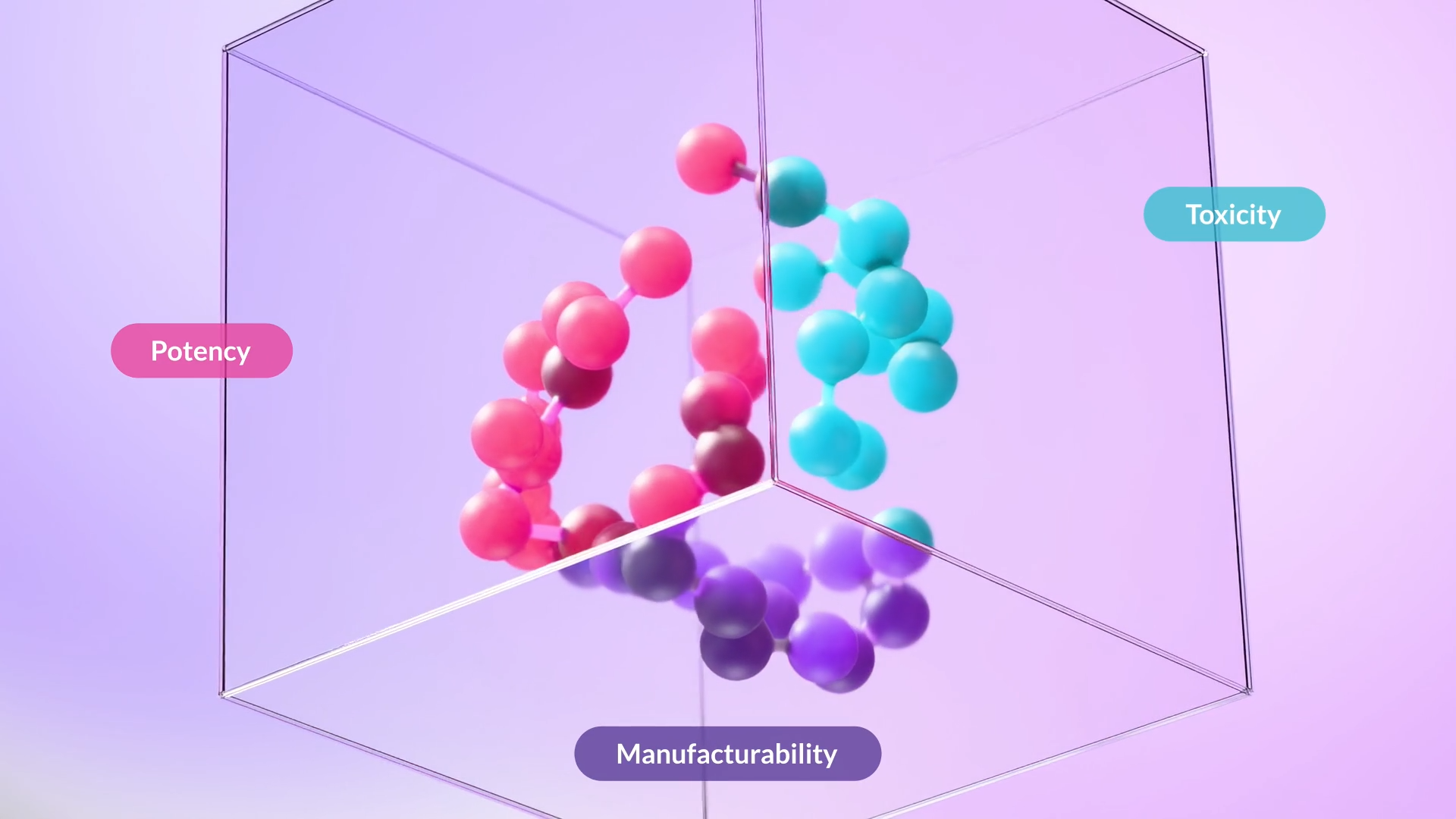
AIDDISON™: Leveraging Three Decades of Experimental Data
Our AIDDISON™ software exemplifies how proprietary data can transform AI-driven drug discovery. The platform leverages over 30 years of experimental data from our Healthcare business, including both successful and failed experiments across multiple therapeutic areas.
This comprehensive dataset enables AIDDISON's machine learning models to make more accurate predictions about:
- ADMET properties: Understanding not just which compounds have favorable absorption, distribution, metabolism, excretion, and toxicity profiles, but which structural features consistently lead to problems
- Synthesizability: Predicting not only viable synthetic routes but also identifying molecular designs that are likely to present synthetic challenges
- Drug-like properties: Recognizing patterns that distinguish promising drug candidates from compounds likely to fail in development
The inclusion of negative data allows AIDDISON to provide more nuanced predictions with better-calibrated confidence intervals, helping medicinal chemists make more informed decisions about which compounds to prioritize.
Beyond Black Box Predictions: The Need for Explainable AI
As AI models become more sophisticated, the pharmaceutical industry increasingly demands explainable artificial intelligence—systems that can not only make predictions but also explain their reasoning. This is particularly important when negative data is involved, as understanding why a model predicts failure can be as valuable as the prediction itself.
Modern explainable AI techniques include:
Shapley Value Analysis
This approach quantifies how much each molecular feature contributes to a prediction, helping chemists understand which structural elements drive positive or negative outcomes.
Confidence Indicators
Rather than simple binary predictions, advanced models provide confidence scores that reflect the certainty of their predictions based on training data similarity and model consensus.
Feature Importance Mapping
Visual representations that highlight which parts of a molecule most strongly influence predicted properties, enabling structure-based optimization strategies.
Uncertainty Quantification
Methods that explicitly model prediction uncertainty, particularly important when extrapolating beyond the training data distribution.
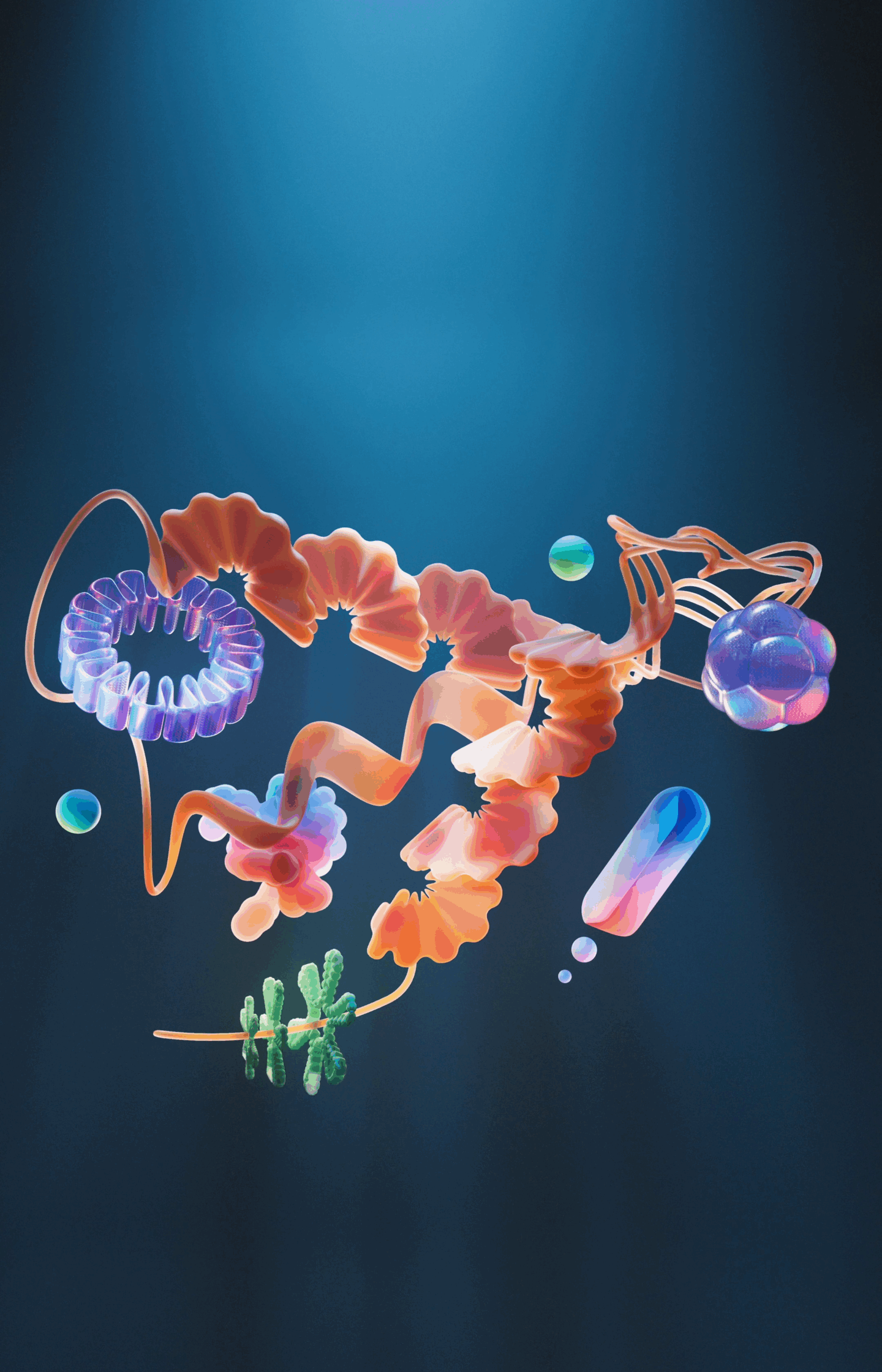
The Automation Solution
One promising approach to generating more comprehensive datasets—including negative data—lies in laboratory automation. Automated systems offer two key advantages:
Reproducibility
Automated experiments eliminate human variability, ensuring that negative results reflect genuine molecular properties rather than experimental artifacts. This reproducibility is crucial for building reliable training datasets.
Scale and Diversity
Automation enables researchers to test broader chemical space more systematically, generating both positive and negative data points across diverse molecular structures and experimental conditions.
As automation technology advances, it becomes possible to conduct high-throughput experiments specifically designed to generate balanced training datasets, systematically exploring both successful and unsuccessful chemical space.
Industry-Wide Implications and Future Directions
The pharmaceutical industry is beginning to recognize that data sharing—even negative data—could accelerate drug discovery across the entire sector. Initiatives like the Mellody consortium demonstrate how companies can collaborate to improve machine learning models without directly sharing proprietary information.
However, significant challenges remain:
Data Standardization
Different companies use different assays, protocols, and data formats, making it difficult to combine datasets effectively.
Intellectual Property Concerns
Companies must balance the benefits of data sharing with the need to protect competitive advantages and proprietary information.
Quality Control
Ensuring that shared negative data meets quality standards and includes sufficient contextual information for meaningful analysis.
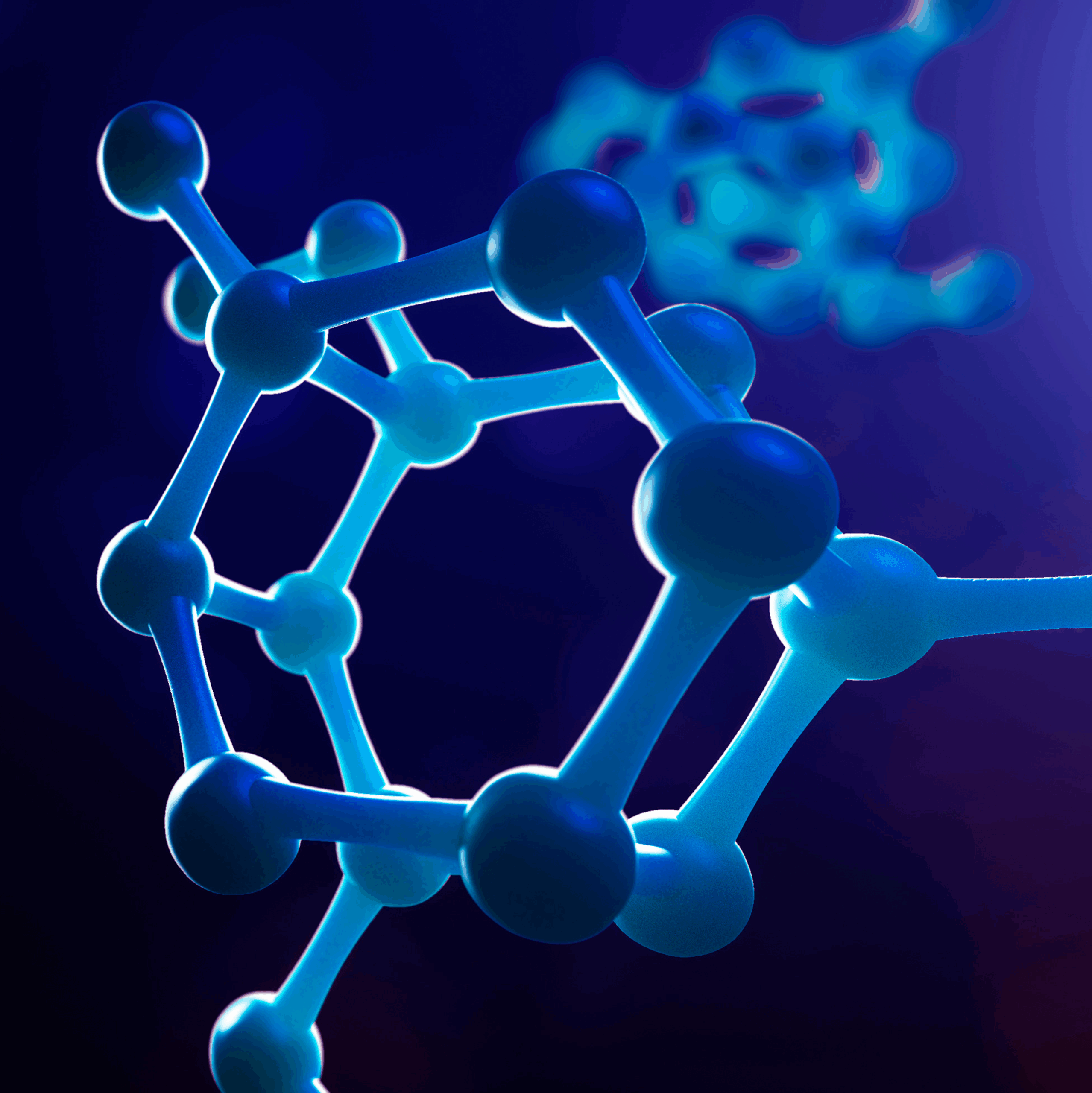
The Path Forward: From Automation to Autonomy
Looking ahead, the integration of comprehensive training data—including negative results—with advanced automation points toward a transformative future for drug discovery. The next frontier involves autonomous systems that can not only execute experiments but also analyze results and self-optimize to determine the most informative next experiments.
These autonomous systems would:
- Continuously update their understanding based on both positive and negative experimental outcomes
- Actively design experiments to fill gaps in their knowledge
- Optimize experimental strategies in real-time based on accumulating evidence

Conclusion: Embracing Failure as a Teacher
The path to more effective AI-driven drug discovery requires a fundamental shift in how the pharmaceutical industry thinks about failure. Rather than viewing negative results as setbacks to be minimized or hidden, companies must recognize them as valuable training data that can prevent future failures and guide more successful research strategies.
Organizations that successfully integrate comprehensive experimental data—both positive and negative—into their AI systems will gain significant competitive advantages in terms of prediction accuracy, research efficiency, and ultimately, the ability to bring better drugs to market faster.
The hidden value of failure lies not in the failure itself, but in the learning it enables. For AI-driven drug discovery to reach its full potential, we must teach our machines not just what works, but what doesn't—and trust them to learn from both.
As the industry continues to evolve, the companies that embrace this comprehensive approach to training data will be best positioned to harness the full power of artificial intelligence in the service of human health. The question isn't whether negative data is valuable—it's whether organizations are prepared to capture, curate, and leverage it effectively.
